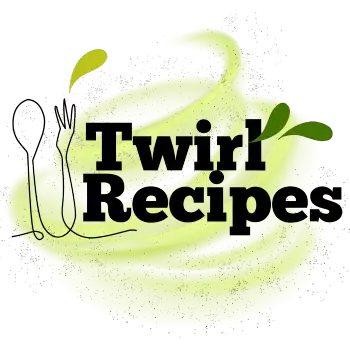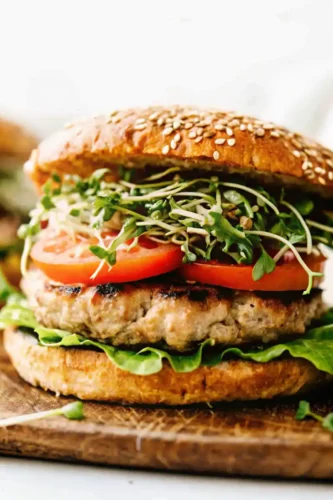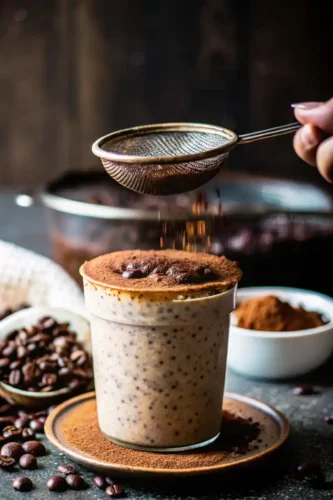Are Protein Desserts Healthy? That’s a question many health-conscious snack lovers are asking as these high-protein treats become more popular. From protein brownies to shakes and bars, these desserts are showing up everywhere, from grocery stores to fitness blogs.
In this article, we’ll explore whether protein desserts really support a healthy lifestyle or if they’re just cleverly marketed sweets. You’ll learn what they’re made of, their potential benefits and drawbacks, and how to pick the best options. We’ll also answer popular questions and share some protein-packed recipes to try.
Whether you’re into fitness, looking for healthier snacks, or just curious, this guide will help you make smarter dessert choices.

Table of Contents
What Are Protein Desserts?
When you hear the term protein desserts, what comes to mind? Likely, you think of your favorite sweet treats—cookies, cakes, or puddings—but with a twist. These desserts are enriched with protein, often sourced from whey, casein, plant-based options like pea protein, or even egg whites.
Protein desserts come in all shapes and forms, including bars, ice creams, brownies, and even cheesecakes. What sets them apart from traditional desserts is their nutritional profile. They’re designed to pack in a substantial amount of protein while keeping sugar and fat content low. So yes, you can have your cake and eat it too—sort of!
Popular Types of Protein Desserts
Protein desserts are as versatile as they are tasty. Here are some of the most popular options:
- Protein Bars: These compact snacks are perfect for on-the-go energy boosts.
- Protein Cookies: A chewy, satisfying treat that won’t derail your diet.
- Protein Ice Cream: A creamy dessert without the guilt.
- Protein Pancakes: A breakfast favorite turned nutrient-packed delight.
Incorporating these into your routine is easy, but understanding why they’ve become so popular gives us even more clarity.
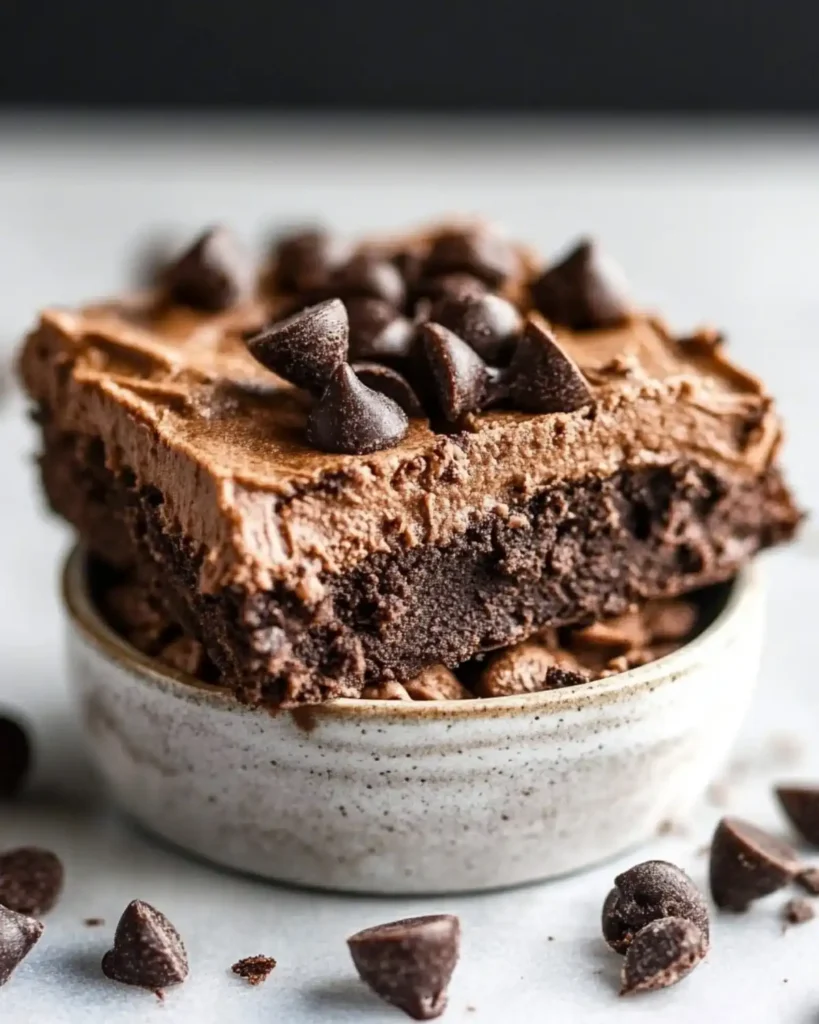
Why Are Protein Desserts Popular?
There’s no denying it—protein desserts have a fanbase! But why?
Fitness Trends and Protein Craze
In a world that’s increasingly focused on fitness and wellness, protein-rich diets have become the norm. Protein desserts cater perfectly to this trend, offering a sweet fix without compromising nutritional goals.
Convenience and Versatility
Whether you’re busy or just looking for easy, post-workout recovery food, protein-packed snacks are a lifesaver. Plus, they’re available in almost every flavor under the sun, from classic chocolate to indulgent peanut butter.
5 Reasons Why Protein Desserts Are Healthy
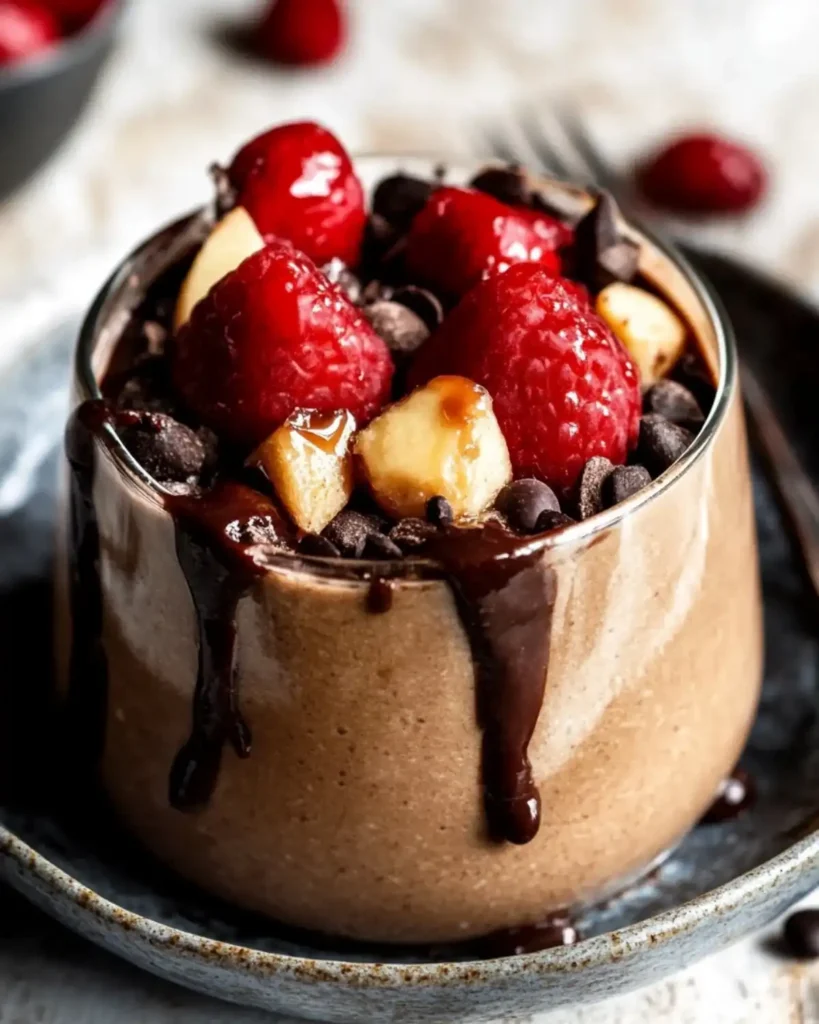
1- Packed with Muscle-Boosting Protein: Protein desserts are loaded with high-quality protein, which helps repair muscles, keeps you feeling full, and even boosts your metabolism. Switching to these treats transforms your dessert from an indulgence to a functional part of your fitness goals.
2- Lower in Sugar, Better for Blood Sugar Control: Unlike traditional sugary desserts, protein-packed alternatives often use natural sweeteners like monk fruit or stevia. These healthier options help manage blood sugar levels, reduce cravings, and are perfect for people watching their sugar intake or managing diabetes.
3- Keep You Feeling Full Longer: Protein is famous for promoting satiety, meaning it helps you feel full after eating. Enjoying a slice of protein cheesecake or a bar can curb hunger, preventing overeating and supporting weight management—without giving up on delicious treats.
4- Great for Dietary Needs: Protein desserts can fit various dietary restrictions, offering low-carb, keto-friendly, and even allergen-free options. Whether you’re avoiding dairy or nuts or looking for plant-based alternatives, there’s a protein dessert to match your lifestyle.
5- A Functional Treat for Your Goals: These desserts don’t just satisfy your sweet tooth—they support your health and fitness journey. Whether it’s a whey protein brownie after a workout or a midday protein cookie, they provide a tasty way to stay on track with your goals.
Potential Risks of Protein Desserts
While they have their perks, protein desserts aren’t without their downsides. Let’s address a few potential risks to ensure you’re making informed choices about whether are protein desserts healthy for your specific needs.
Hidden Sugars and Artificial Ingredients
Not all protein desserts are created equal. Some store-bought options sneak in hidden sugars or artificial sweeteners to enhance taste. While these might not seem like a big deal at first glance, consuming too many artificial additives can lead to digestive discomfort and even long-term health concerns.
Overconsumption of Protein
Yes, too much of a good thing can be bad! Consuming excessive amounts of protein can put undue stress on your kidneys, especially if your diet already includes high-protein meals. Balance is key—enjoy protein-rich treats in moderation and as part of a well-rounded diet.
Allergens in Protein Desserts
For those with food sensitivities, it’s important to read labels carefully. Many protein desserts contain whey protein, a derivative of milk, or other common allergens like nuts or soy. Opt for allergen-friendly alternatives, such as plant-based protein desserts, if needed.
How to Choose Healthy Protein Desserts
Not all protein desserts are created equal! Some options are nutritional powerhouses, while others might be masquerading as healthy but are loaded with unnecessary additives. Let’s break down how to make the smartest choices.
Key Ingredients That Make Protein Desserts Healthy
High-Quality Protein Sources
When choosing or making protein desserts, prioritize high-quality protein sources. Look for options that include:
- Whey Protein: Fast-digesting and ideal for post-workout recovery.
- Casein Protein: Slow-digesting and great for nighttime snacks.
- Plant-Based Proteins: Pea, hemp, or brown rice protein for vegan-friendly options.
These proteins not only enhance nutritional value but also ensure the dessert supports muscle repair and satiety.
Natural Sweeteners
The type of sweetener in a protein dessert can make or break its health benefits. Seek products or recipes that use natural options like:
- Stevia
- Honey
- Maple syrup
- Dates
Natural sweeteners provide a touch of indulgence without the health risks associated with artificial additives or refined sugars.
Nutrient-Dense Additions
Why not take it up a notch? Many healthy protein desserts include extras like:
- Chia seeds for fiber.
- Dark chocolate for antioxidants.
- Nuts for healthy fats and crunch.
These nutrient-packed ingredients not only make your dessert more enjoyable but also boost its overall health benefits.
Red Flags to Avoid
Artificial Sweeteners and Preservatives
Though marketed as healthier, desserts packed with artificial sweeteners (like aspartame or sucralose) and chemical preservatives can negatively impact digestion and metabolism. Always read labels carefully to avoid these additives.
High Saturated Fats
Some store-bought protein treats use excessive saturated fats to improve texture or flavor. Keep an eye on the fat content to ensure it aligns with your dietary needs.
Low-Quality Protein Blends
Avoid desserts that rely on protein blends with fillers. Some brands cut costs by using lower-quality protein sources, which might lack the essential nutrients your body needs.
Try It & Share Your Twist!
Ready to give protein desserts a try? Start by making a simple protein brownie or a creamy protein pudding at home using clean, whole ingredients.
Once you’ve added your personal twist—maybe a sprinkle of cinnamon, a swirl of nut butter, or a handful of berries—snap a photo and share it.
Tag us on Facebook or Pinterest, and use the hashtag #TwirlYourTwist for a chance to be featured. We love seeing how you make healthy delicious!
FAQs: Are Protein Desserts Healthy?
What dessert has the most protein?
Protein bars, protein cheesecakes, and protein brownies typically have the highest protein content, thanks to ingredients like protein powder, egg whites, or Greek yogurt. Homemade options, like a protein mug cake, are also great choices.
Are protein puddings healthy?
Yes, protein puddings are a healthy choice when made with high-quality ingredients like casein or plant-based protein and natural sweeteners. Avoid those with artificial additives or excessive sugar.
Is peanut butter high in protein?
Yes, peanut butter has about 7–8 grams of protein per 2-tablespoon serving. It’s also a great source of healthy fats and pairs well with other protein-rich foods.
What is a good protein breakfast?
Greek yogurt with granola, scrambled eggs on toast, or a protein smoothie with almond milk are excellent protein-packed breakfast options.
What fruit has the most protein?
Guava is the most protein-rich fruit with about 4 grams per cup, followed by avocados and blackberries.
